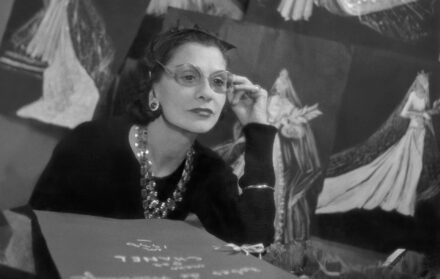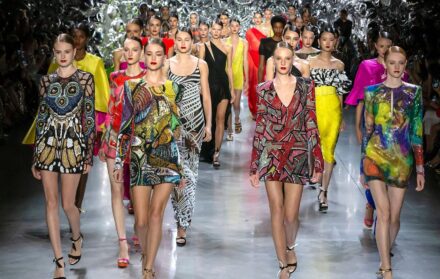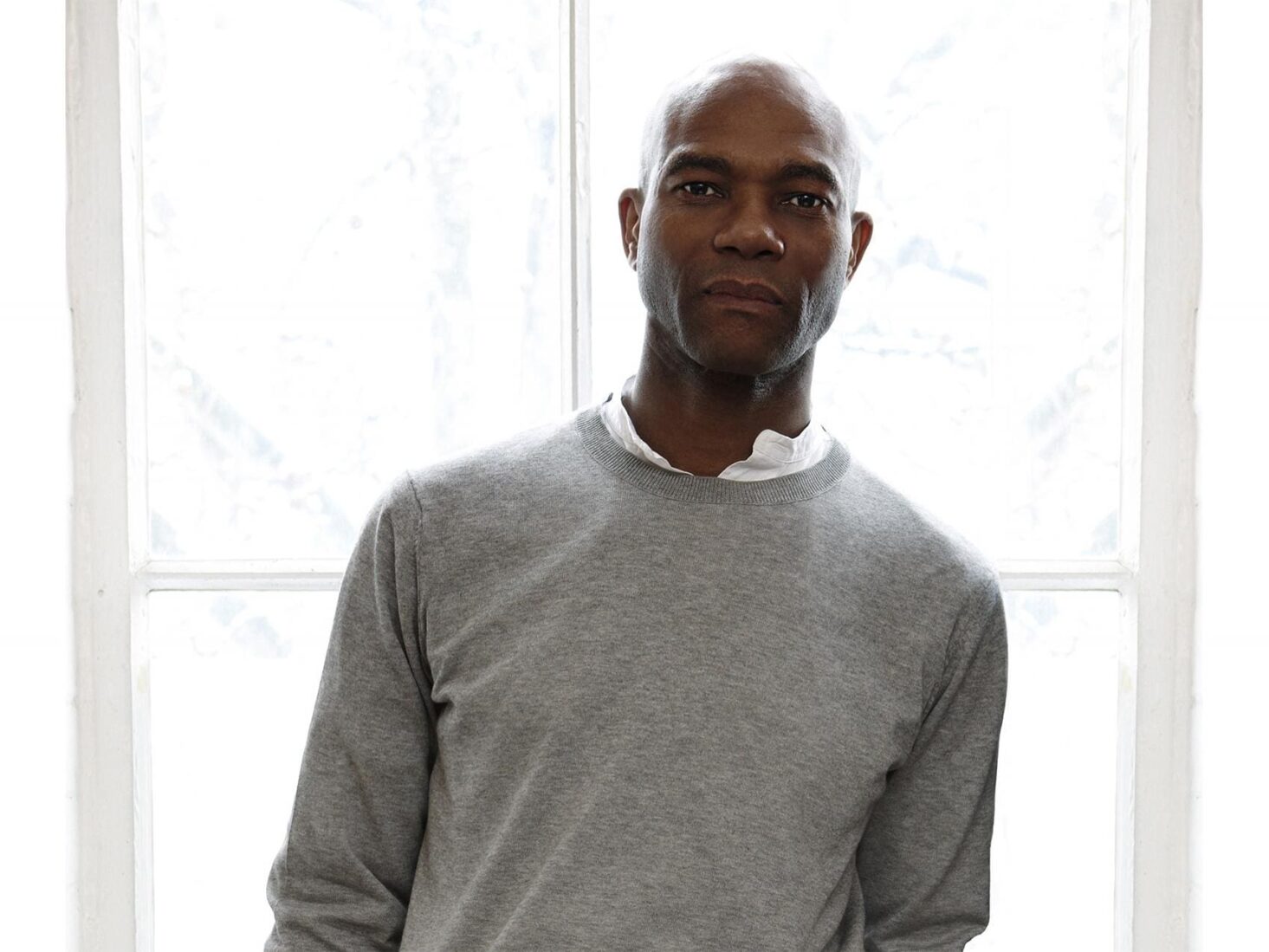
Remembering Fashion Designer Joe Casely-Hayford: A True Pioneer of British Tailoring
“You were...the most humble and understated man I will ever know... never the loudest in the room, never looking down on anyone. Instead you used your talents to encourage and inspire others at every juncture of
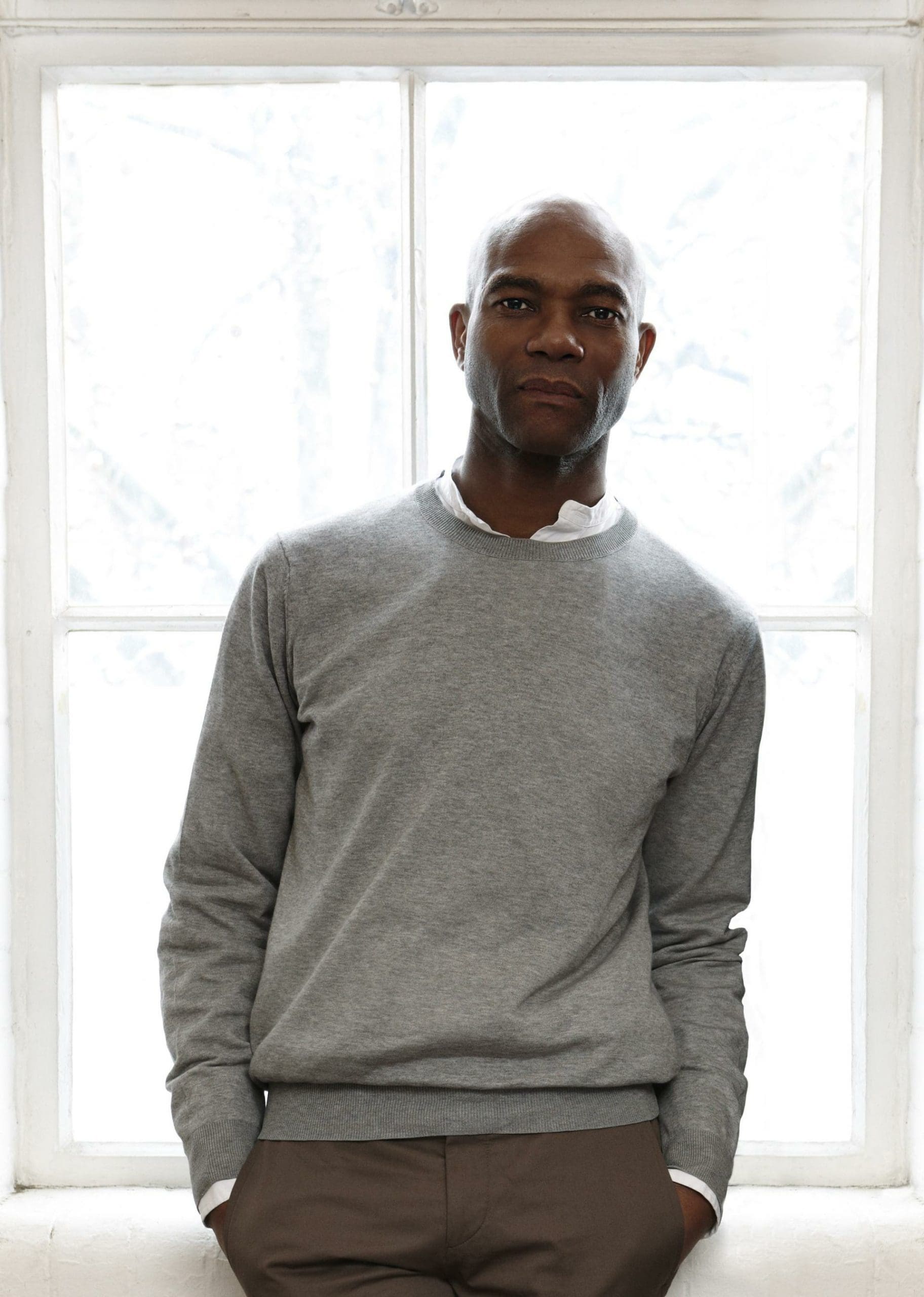
When the menswear designer Oliver Spencer unveiled his latest collection in January this year, he dedicated the catwalk show to one man. This man had not been a friend. They had rarely even met. And many outside of the fashion industry will never have heard of him. But this fellow menswear designer was a hero of Spencer’s. “He ploughed his own track,” said Spencer of Joe Casely-Hayford, who died on 3 January, aged 62, after a three-year battle with cancer. “I remember being at college and first seeing his clothes in a store, looking at them on the rail and being amazed at how fresh and interesting they all were. Yet his work was massively under-appreciated here in the UK. If he’d have been in, say, Japan, he’d have been considered alongside the greats like Comme des Garçons. I think he was just too clever, too good as a designer to be fully understood by most people in his time.”
Not that Casely-Hayford was without his share of successes. While it’s commonplace for designers to collaborate with high-street names now, he was the first to do so, with Topshop, more than 25 years ago. He also collaborated with Barney’s, Isetan and, yes, Comme des Garçons in Japan, dabbled in exhibition design for the Barbican and uniform design for Conran restaurants, and took on the creative directorship of the Savile Row tailor Gieves & Hawkes; all this after having made an early name for himself as a stylist, shaping the looks of The Clash, U2, Oasis, Take That and Jarvis Cocker, and later dressing, of all people, Gordon Brown. Behind these high-profile gigs, he produced season after season of elegant, progressive, but understated menswear that found a legion of similarly understated fans. “Not many designers are too happy to design both for The Clash and Gieves & Hawkes, but I’ve always started from a traditional stand point and then subverted it in that English way. It’s all about going from Benjamin Britten to Little Britain,” Casely-Hayford once put it, with characteristic wit.
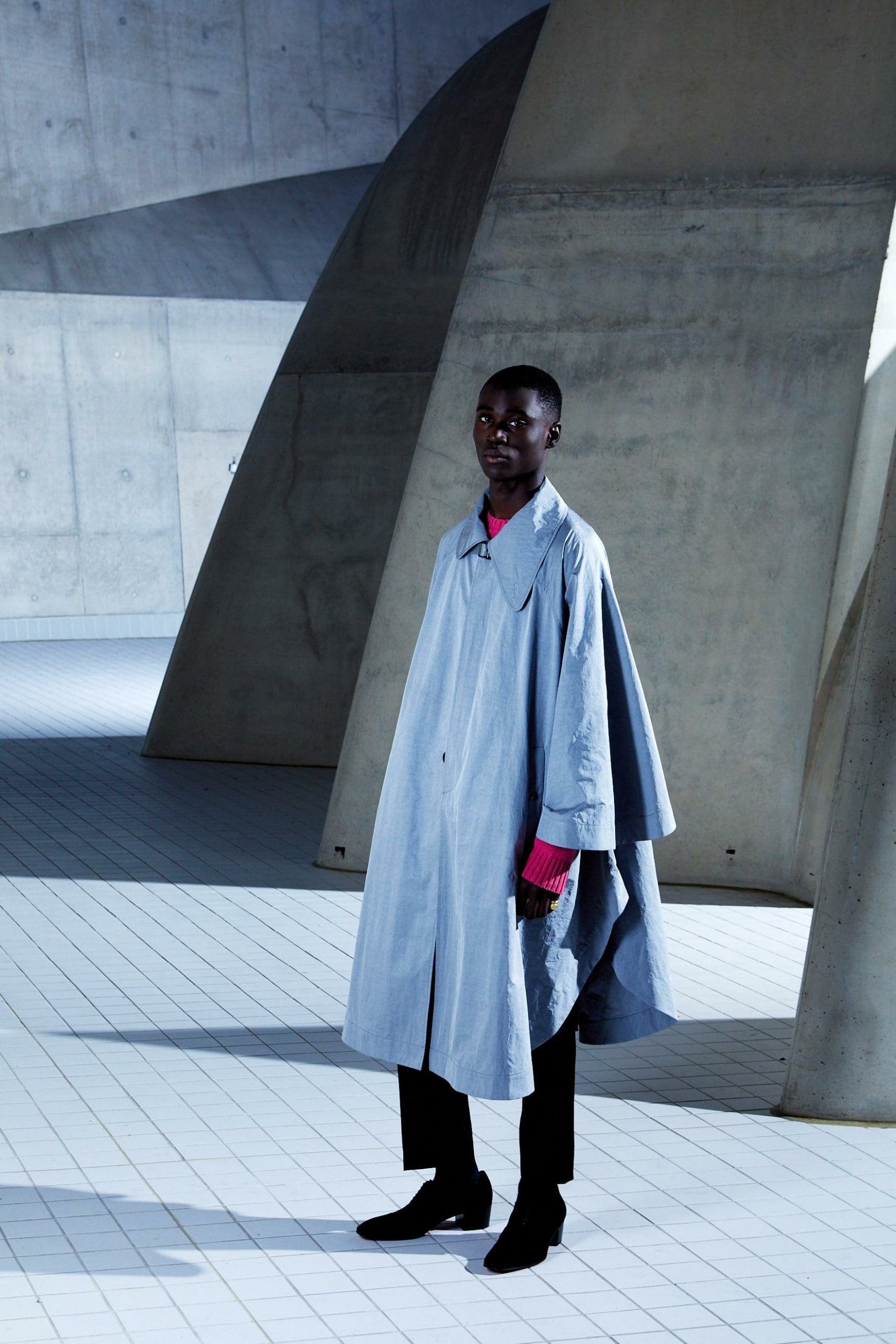
Indeed, just because he rejected a long family tradition of heavyweight law, politics and academia would not mean his work was any less intellectually rigorous. Casely-Hayford was the grandson and namesake of the Ghanaian statesman and exponent of pan-Africanism; his brother is the cultural historian Gus Casely-Hayford; many other family members work at the top of their respective fields. He once – with tongue slightly in cheek – calculated that for a man of his height, just under 6’2”, the perfect trouser width was 7.5 inches. “Fashion design is not as airy-fairy as it is sometimes perceived as being,” he explained. “We tend to think of ourselves as more product designers than fashion designers now. The fact that we’ve always worked with a kind of fusion style has made us hard to pigeon hole, but that’s given the business longevity. We make the kind of clothes that could be worn by a 60-year-old or an 18-year-old.”
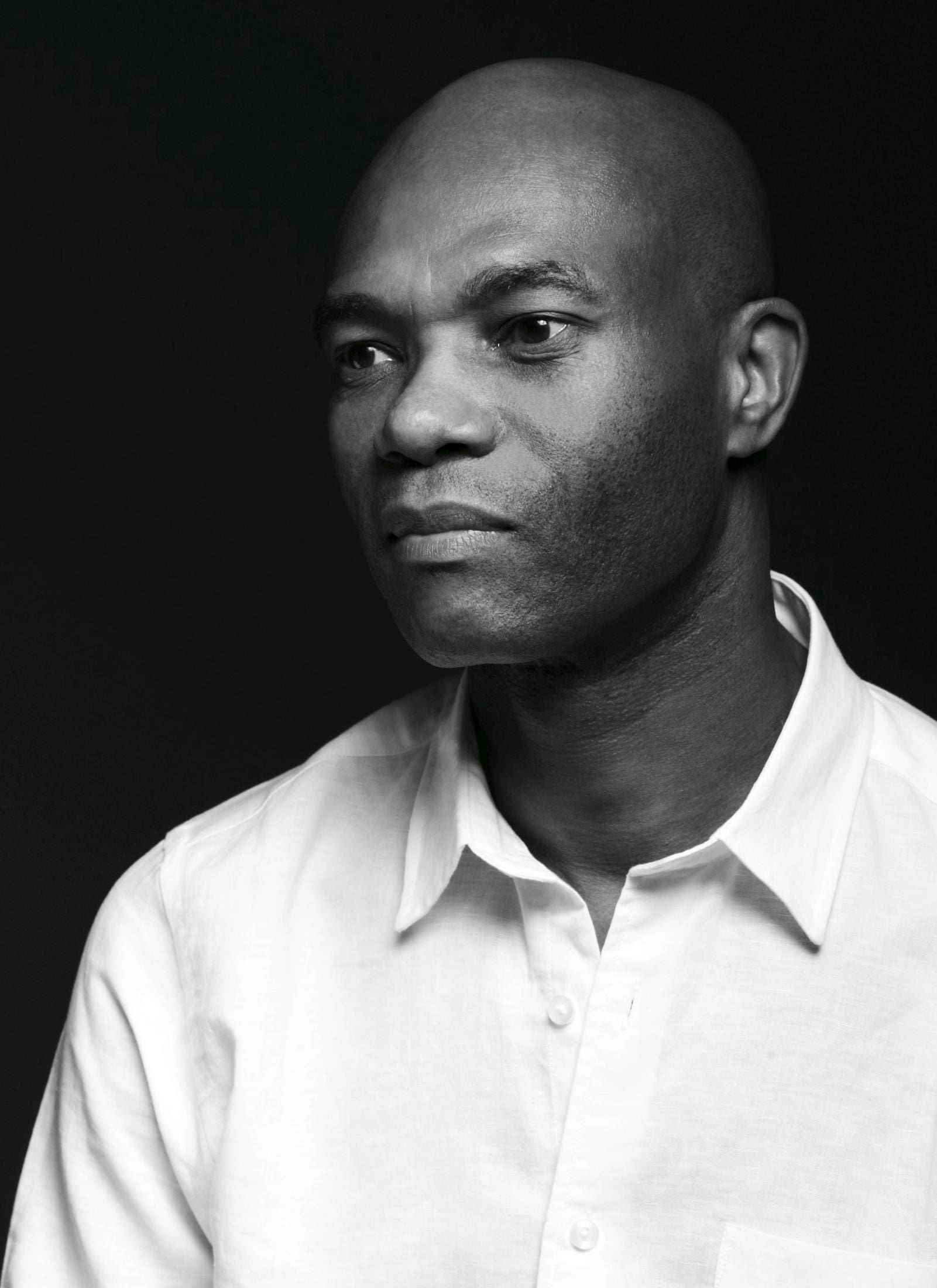
Going against the grain, he helped many youngsters get a foothold in an intensely competitive industry that is rarely keen on helping new blood. “Joe was just one of those people who, no matter who you were, always had time for you,” says the menswear stylist Cynthia Lawrence-John. “Back then there were not many black people in the British fashion business, let alone black women, and he was always there for you. What’s more, he was great company. You always left taking a little bit of his incredible sense of calm, and having learned something. There was no ego to him, which is incredibly rare in this industry. I never heard a bad word spoken about him, which is remarkable in a business in which everyone bitches.” That lack of ego perhaps explains why Joe Casely-Hayford’s name doesn’t have the same man-on-the-street recognition of, say, fellow designers Paul Smith or Vivienne Westwood. In part this was a product of sticking with his own streamlined, proto-classic design aesthetic – an iconoclastic blend of exacting tailoring and sophisticated sportswear – regardless of the vagaries of fashion at large. “His design was always relevant while retaining the integrity of his own design aesthetic,” explains Lawrence-John. “So many designers just chase whatever is current. But Casely-Hayford was always way ahead. He never bragged about doing something first. He just quietly got on with it, knowing he was shit-hot.”
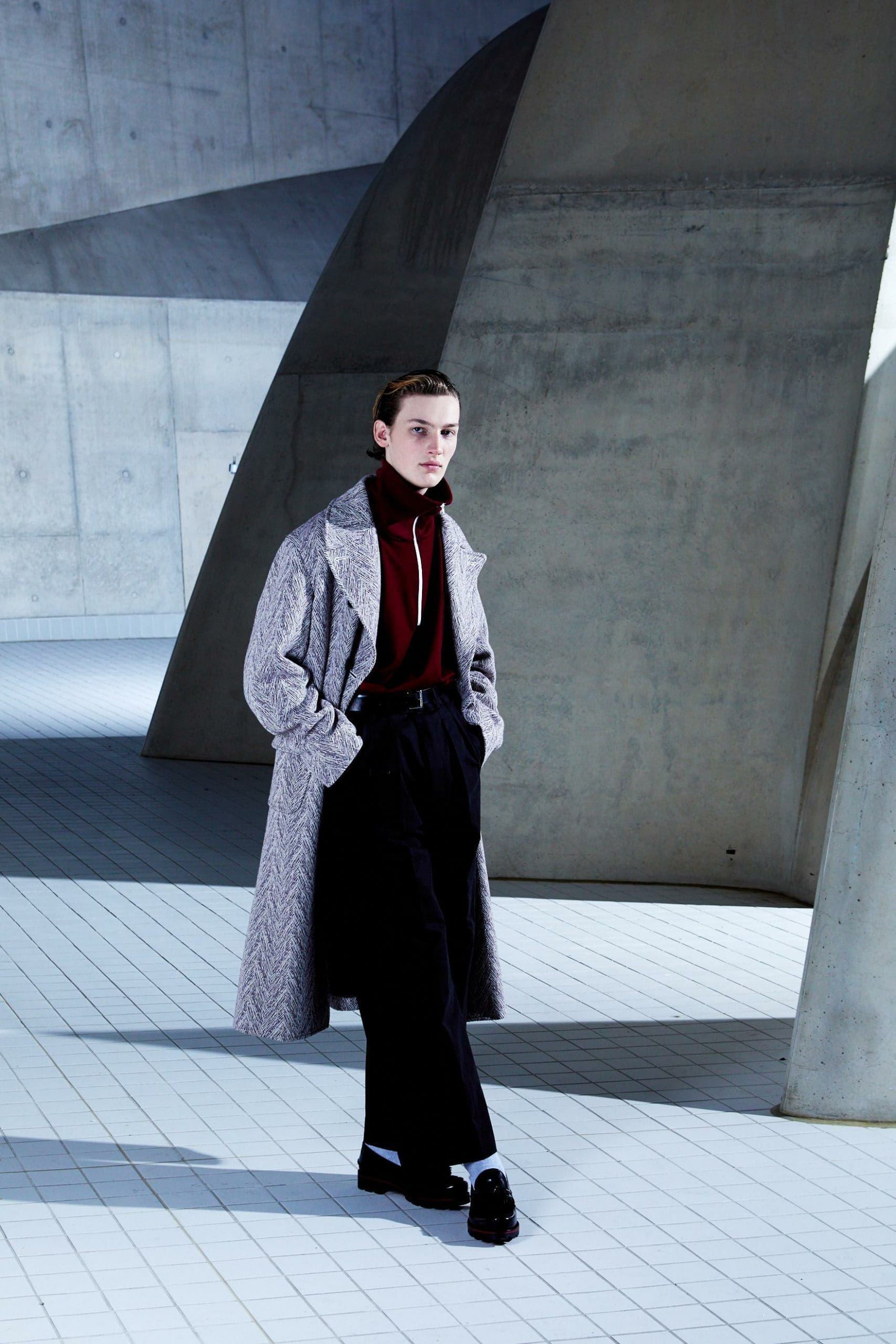
“Designers of my age came up striving for original concepts, but now young designers start out referencing old clothing,” Casely-Hayford himself once explained in more sanguine tones. “Design methods have just moved on.” “What’s interesting about Casely-Hayford is that he was part of an era in which fashion design had a more DIY approach and was more interested in socio-political ideas,” argues Marcus Ross, former fashion editor of i-D and the founder of Jocks & Nerds magazine. “His passing is a reminder that there was a time when, if you had ideas and perseverance, you could make something happen. These days you need serious recognition to make fashion design work commercially.” Casely-Hayford said that he came from a time when you had to fight for self-expression. So he both celebrated and lamented the potency of the internet, seeing it as a tool for instant publicity, and for vastly improving knowledge and interest around men’s clothing, as well as responsible for standardising new ideas, globally and seemingly overnight. “The internet has meant good ideas in London can be half way across South America in a week. But that’s also killed the more regional trends that were a strong part of youth culture in my young days – when men in London and Manchester actually dressed differently,” he noted. “There’s that ‘homogenous youth’ look now. I’m not so keen on that, not in a country that has always had such a distinctive mix of tradition and anarchy.”

But Casely-Hayford’s relatively underground status – “he was revered silently,” as Ross puts it – was largely because he preferred to keep out of the limelight. He often spoke of feeling like an outsider, a spectator of London life rather than someone who was involved in shaping its reputation as a place of radical innovation. “He was always there as an influence in the background, but my feeling is that he wanted it that way, so that he only had to answer to himself,” suggests Spencer. “I don’t think he was really interested in disappearing off to France or Italy to head up some fashion house there. And I think that low profile is one reason he was so massively underrated, albeit not by people in the fashion industry who knew his work and its importance.”
That’s perhaps all the more remarkable given that Casely-Hayford, who was appointed OBE in 2007, almost didn’t end up pursuing menswear design at all. On graduating he worked as a buyer, but disillusionment soon set in when all he found himself being asked to do was buy up other designers’ collections so they could be taken apart and copied – a pointless, anti-creative process, he concluded. So he opened an antiques shop. But when a client discovered a warehouse full of WW2 tent fabric and suggested Casely-Hayford make something with it, the resulting jackets, shirts and skirts sold out – and the Joe Casely-Hayford line was born. He set up a studio in Brick Lane and then in Shoreditch – back when it was more ditch than hotspot – and stayed. It was soon a thriving family firm. Casely-Hayford worked with his wife, Maria Stevens, who he met at St Martin’s School of Art, when he attended after training with tailoring legend Douglas Hayward. A decade ago his son Charlie joined the business, too, and it was rebranded as Casely-Hayford. Last autumn they opened a suitably low-key store on Chiltern Street – a little mecca for those in the know.
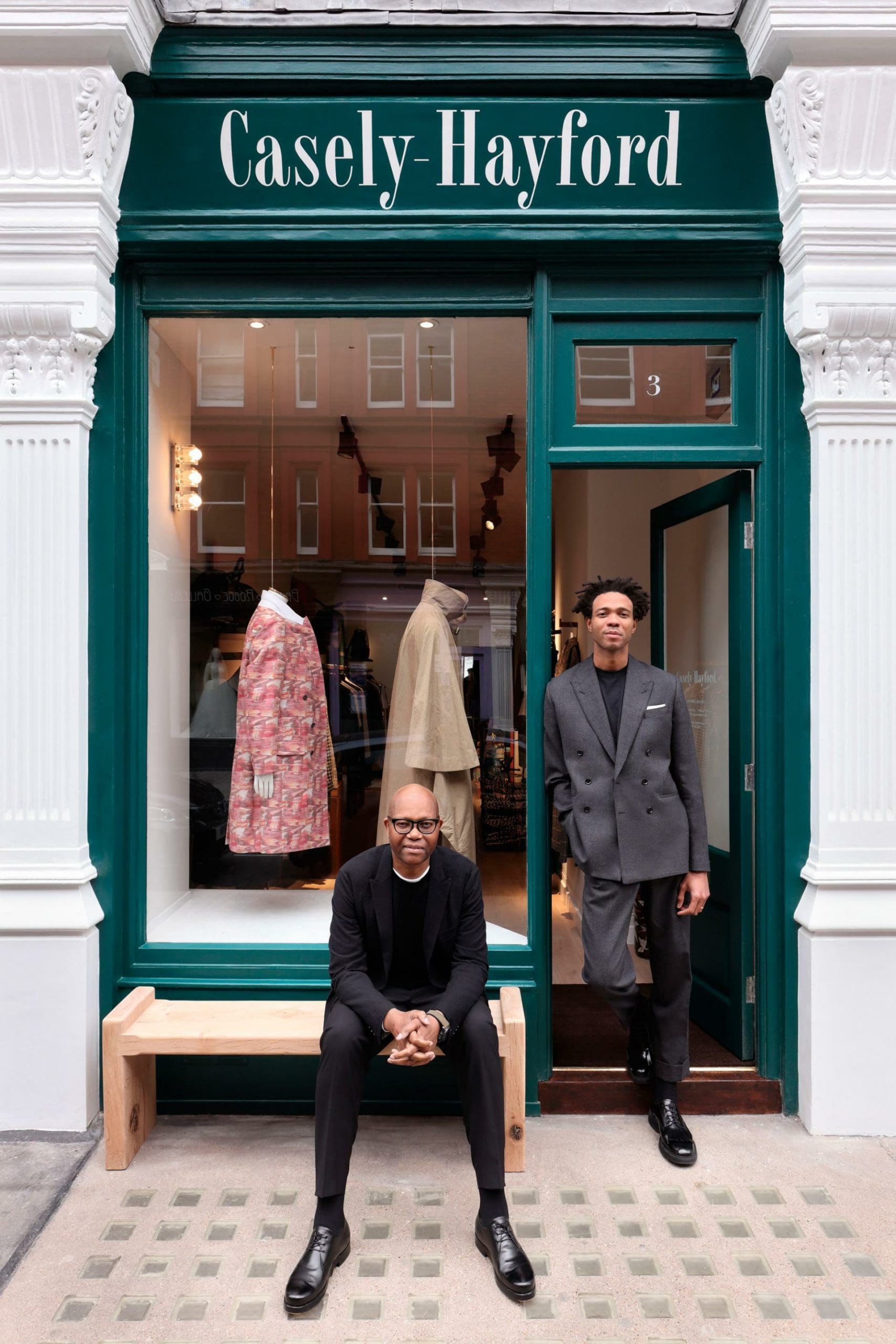 Joe and Charlie Casely-Hayford outside their Marylebone Store
Joe and Charlie Casely-Hayford outside their Marylebone Store
Certainly, the last word should go to Charlie Casely-Hayford – who now takes the reins and who will, undoubtedly, put his own quiet, considered stamp on the brand – for his appreciation of his late father, less as a designer so much as a gentleman. “Through your work you showed me how total conviction for integrity and staying true to yourself is the greatest personal success,” Charlie states in a moving Instagram tribute. “You were…the most humble and understated man I will ever know… never the loudest in the room, never looking down on anyone. Instead you used your talents to encourage and inspire others at every juncture of your life.”




